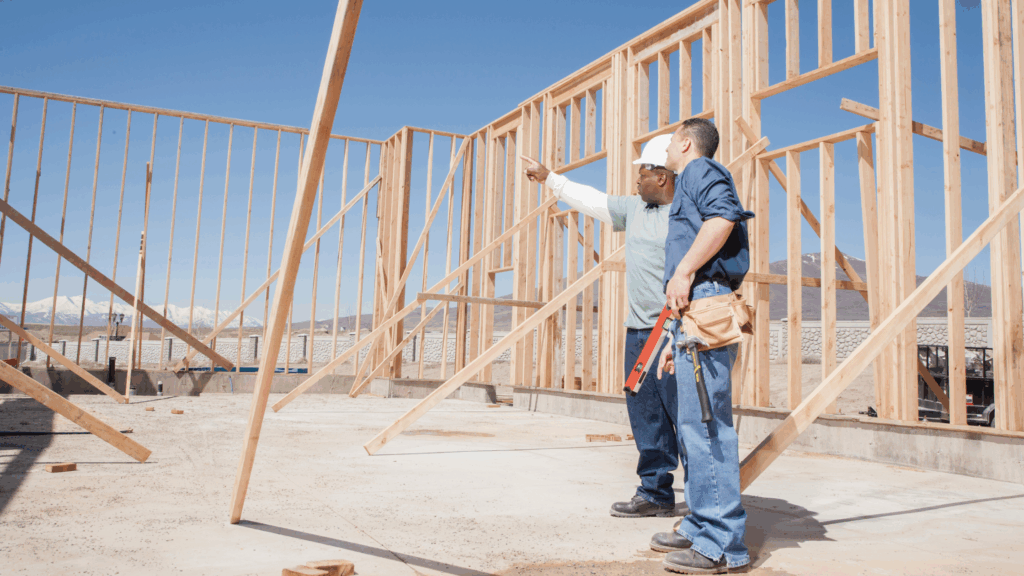As we see the mortgage rates continue to climb, we know people are starting to assume the worst about the housing market. However, there are plenty of differences between today’s market and the housing bubble of 2008. Our team of real estate experts here at The Roxburgh Group have broken down what we are facing today and how we don’t foresee a crash anytime soon. So, let’s dive in!
Here’s a look back at 2008.
-
Slipping Mortgage Standards
If you look back at the statistics in 2008, it’s easy to see that nearly anyone could get a mortgage for a home they couldn’t afford. Banks were creating artificial demand by granting loans with few restrictions. This led to many homeowners defaulting on their payments—thus, contributing to a wave of foreclosures. The economy took a huge hit from all these loans crumbling beneath faulty restrictions—and luckily, today’s mortgage industry has taken many steps to learn from their errors in the past.
-
Overflowing Inventory
Because of the banks’ artificial demand, many builders rushed to fill the inventory with new homes. However, once people began to default on their loans and foreclosures hit the market, there were too many homes and not enough demand—forcing national home prices to plummet at an alarming speed.
So, what’s the deal today?
-
Unsteady Interest Rates
Many experts predicted the mortgage rates to ease-off at the end of 2022, but the recent hikes in the market are starting to turn some heads. These increasing mortgage rates are a direct result from the Feds attempting to alleviate inflation. So as the Feds wrestle to keep inflation in line, it’s possible to see the rates yo-yo up and down for a bit. However, many professionals expect to see the rates settle as the year progresses.
-
Sellers Are “Rate Locked”
What do we mean by “rate locked”? A wide portion of the nation’s homeowners are sitting on a mortgage rate around 4% or lower, and they are hesitant to enter the market and swap their rate for the current percentage. This lack of seller motivation has contributed to another shortage of inventory.
How can this benefit you?
As we compare the current market trends to the housing bubble of 2008, it’s clear that we are tackling much different hurdles—and luckily, these seem to be temporary trials. Experts foresee the mortgage rates leveling out throughout the year as the market picks up in the spring and summer months.
And as for home prices, we are still experiencing a shortage of inventory. As long as demand outweighs supply, you can expect your home to continue to appreciate, even if it’s at a slower pace than it was the last few years.
Buyers. We’re seeing an influx of buyers pull out of the market now that the interest rates are peaking once again. However, this is a great opportunity to hunt for a home while there’s less competition. And with so many builders offering new-build incentives, now is a great time to sneak into the market while the waters are calm.
Sellers. Whenever there’s an inventory shortage, you can always expect the market to work in your favor. With less people willing to sell, you will stand out to prospective buyers.
All in all, the increase in mortgage rates have caused some waves in the housing market, but we expect the market to settle into calmer waters as the year progresses. If you are looking to buy or sell your home in the coming months, look no further than The Roxburgh Group. Our team of real estate experts are vetted to ease you through the market and provide you with a smooth transaction.




